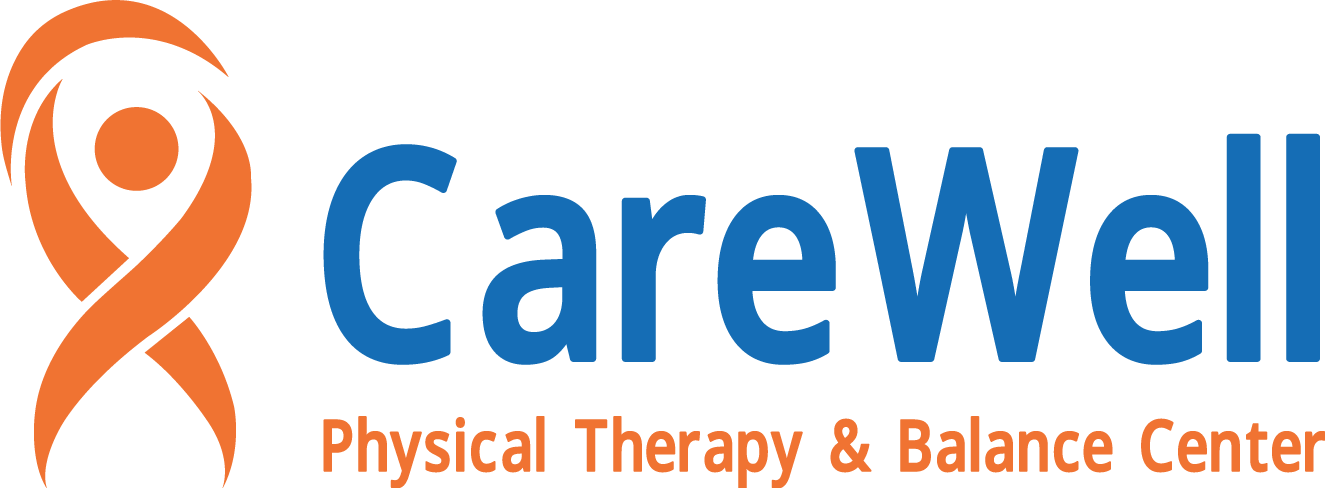What to Expect from Vestibular Rehabilitation Physical Therapy?
Home > What to Expect from Vestibular Rehabilitation Physical Therapy?
Recent Blogs
Dizziness Physical Therapy: A Path to Balance and Recovery
How Geriatric Physical Therapy in Tampa Can Help You

What to Expect from Vestibular Rehabilitation Physical Therapy?
Vestibular therapy in Tampa is a specialized form of physical therapy designed to help with problems caused by vestibular disorders. These disorders can affect balance, coordination, and overall movement, making everyday tasks challenging. Through a personalized approach, vestibular rehabilitation aims to reduce dizziness, improve stability, and enhance your quality of life. By working with a skilled therapist, you can expect a comprehensive evaluation, tailored exercises, and continuous support to help you regain your balance and confidence.
What Types of Problems Benefit From Vestibular Therapy?
Patients generally referred for Vestibular Rehabilitation have been analyzed with a vestibular condition including:
- Benign Paroxysmal Positional Vertigo (BPPV)
- Vestibular Neuritis/Labyrinthitis
- Unilateral Vestibular Hypofunction (UVH)
- Vestibular Migraine
- Persistent Postural Perceptual Dizziness (PD)
- Mal de Debarquement (MdDS)
- Cervicogenic Dizziness
- Post Concussion Syndrome (PCS)
- Meniere’s Disease
- Neurological conditions (i.e., stroke, traumatic brain injury)
- Vestibular deconditioning from aging or inactivity
- And many other vestibular conditions.
If you have not yet been evaluated or diagnosed with a vestibular condition, common signs that can be helpful with vestibular rehabilitation include:
- Vertigo (sense of spinning)
- General dizziness or lightheadedness
- Nausea, vomiting, and fatigue
- Neck tightness, stiffness, and pain
- Imbalance and difficulty walking
- Headaches
- Frequent falls
- Vision issues
- Brain fog, difficulty concentrating, and mild memory issues
Is Vestibular Rehabilitation Therapy Right for Me?
If you encounter one or more of the symptoms noted above, Vestibular Physical Therapy will likely be useful. However, it is important to note that many dizziness complaints can also be caused by other potential factors that do not involve your vestibular system. You must be suitably evaluated to decide whether or not you have a vestibular condition and if you will benefit from vestibular rehabilitation.
Vestibular rehabilitation centers carefully consider the onset and progression of your condition, symptoms, episodes, and other related medical history. They will also complete a medical evaluation that includes:
- Central neurological testing (various reflex tests)
- Cranial nerve tests of specific brain-based functions
- Cervical tests of your neck’s joint, blood flow, and muscle function
- Visual oculomotor function tests
- Balance testing
- Gait assessment (walking/mobility tests)
- Positional testing on a table
Your treatment plan will seek to enhance any deficits determined in the evaluation. This, in turn, will help to improve your daily symptoms and your ability to function in activities of daily living.
When should I see my healthcare provider?
Vestibular rehabilitation therapy rarely causes issues. Yet, if you’re doing exercises on your own, you should ask your healthcare provider if you have the following signs:
- A sudden change or fluctuation in hearing.
- New or increased ringing in your ear.
- Fluid is coming from your ears.
- Any pain or discomfort in your neck and back that happens while you exercise.
What to Expect from Vestibular Rehabilitation Physical Therapy?
If you are experiencing vestibular rehabilitation therapy, here are some things you can typically anticipate:
Initial Evaluation
Your physical therapist will thoroughly evaluate your vestibular function and specify any specific problems or areas of weakness. This will involve various tests, including balance assessments, eye movements, head movements, and screening of the patient’s cranial nerves and neurological system.
Tailored Treatment Plan
Based on the effects of your evaluation, your therapist will create a customized treatment plan that contains detailed exercises and activities to manage your requirements and objectives. Treatment for BPPV will most likely include canalith repositioning maneuvers (Epley maneuver), eye movement exercises, head movement exercises, and balance exercises. Treatment for inner ear neurological involvement will consist of eye movement exercises, head movement exercises, and balance exercises.
Regular Therapy Sessions
You will typically follow regular therapy sessions, generally once or twice a week, where you will complete exercises designed to enhance your vestibular function and relieve your signs. Your therapist will monitor your improvement and change your treatment plan as required. If your diagnosis is benign paroxysmal positional vertigo, your treatment sessions may be significantly shorter if the symptoms have resolved quickly.
Home Exercises
In addition to therapy sessions, you will be shown exercises to perform at home to complete your therapy and speed up your improvement. Many exercises used to treat vestibular conditions require frequent and daily routines to promote the necessary changes in the brain to provide an optimal recovery. These may include balance, eye tracking, or head movement exercises.
Gradual Progress
Improving vestibular function and relieving symptoms can take time; improvement may be slow. Yet, with typical therapy and constant effort, you should start to see gains over time, usually in several weeks.
All-around
Vestibular Rehabilitation Physical Therapy offers a comprehensive and effective solution for individuals experiencing dizziness, balance issues, and other vestibular disorders. Through personalized exercises and techniques, patients can expect significant improvements in their balance, reduced dizziness, and an overall enhancement in their quality of life. By addressing the root causes of vestibular dysfunction, this specialized therapy empowers individuals to regain their independence and confidence in daily activities, leading to a more stable and active lifestyle.
Leave a reply
Tags : Body Health,Bone,Chiropractic
Share This:
Physical Therapy that's designed entirely around you.
From athletes on the field to weekend warriors in life, being committed to a physical therapy program helps you to keep pushing ahead!


